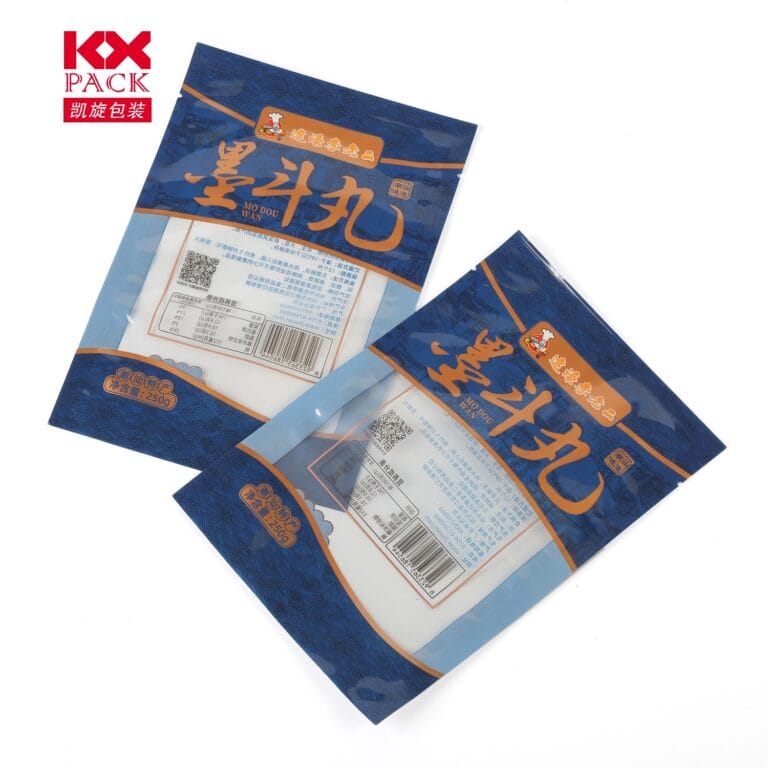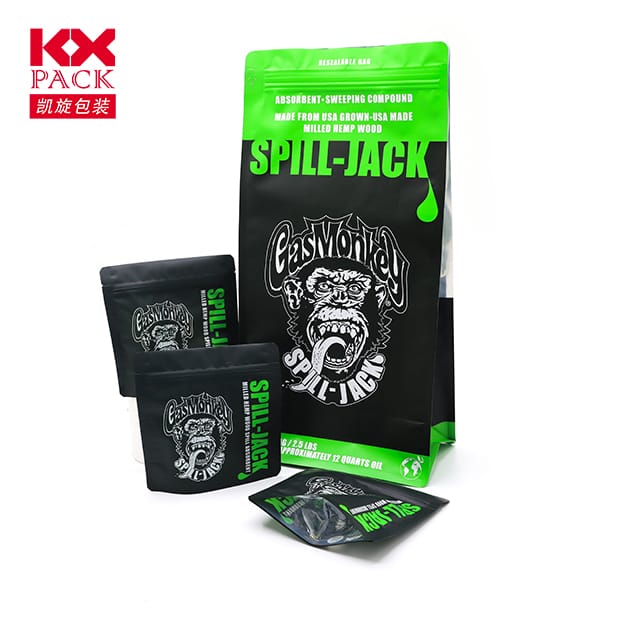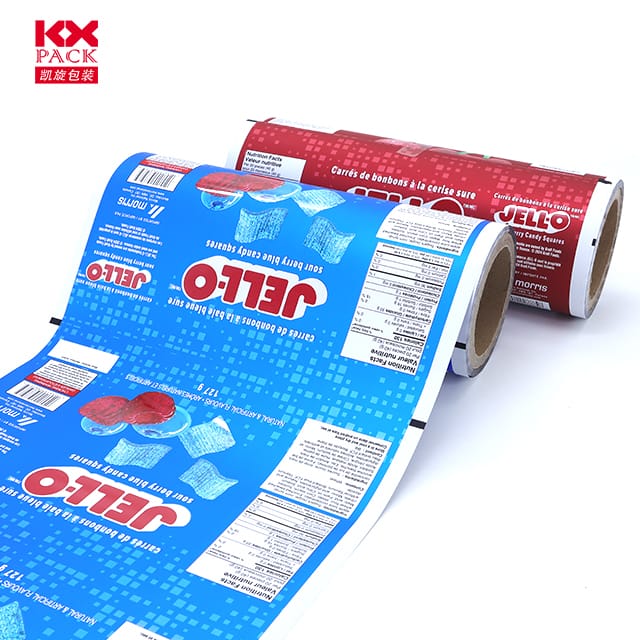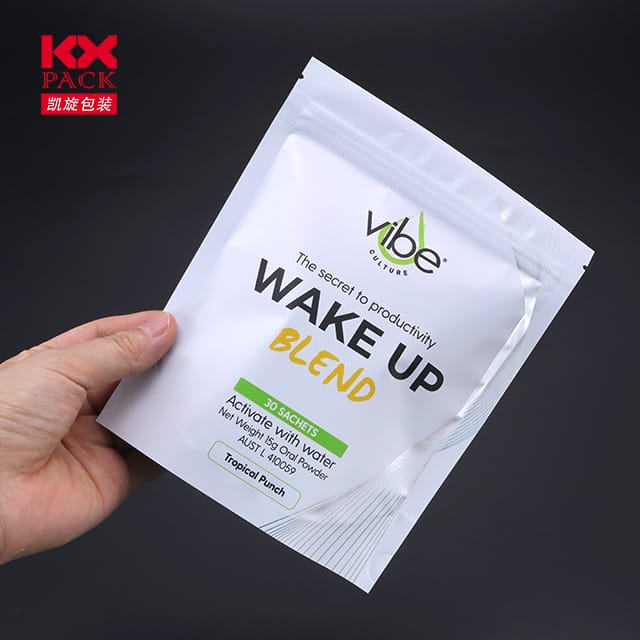ההתפתחות וההשפעה של סרטי אריזות מזון: חדשנות, קיימות, ובטיחות צרכנים
סרטי אריזת אוכל
בעולם המודרני, סרטי אריזות אוכל נמצאים בכל מקום ועם זאת מתעלמים לעתים קרובות. שכבות חומר דקיקות אלה ממלאות תפקיד קריטי בשמירה על רעננות, הרחבת חיי המדף, והגנה על מזון מפני זיהום. אך ככל שדרשות הצרכן עוברות לעבר קיימות ונוחות, ענף אריזות המזון עובר מהפכה טרנספורמטיבית. Let’s explore the latest trends, חידושים, and challenges in the world of food packaging films.
1. What Are Food Packaging Films?
Food packaging films are flexible materials used to wrap, לֶאֱטוֹם, or cover food products. They can be made from plastics, ביו פלסטיק, נְיָר, אֲלוּמִינְיוּם, or composites of multiple layers. Their primary functions include:
- שְׁמִירָה: Preventing exposure to air, לַחוּת, and light to slow spoilage.
- הֲגָנָה: Shielding food from physical damage, בַּקטֶרִיָה, and pests.
- נוֹחוּת: Enabling easy handling, אִחסוּן, and portion control.
- מיתוג: Providing a surface for labels, לוגואים, and nutritional information.
From single-use snack wrappers to resealable pouches for fresh produce, these films are integral to the global food supply chain.
2. The Rise of Sustainable Alternatives
Traditional plastic films, תוך כדי יעילות, have drawn criticism for their environmental impact. פלסטיק חד פעמי תורם לזיהום, harm wildlife, and take centuries to decompose. בתגובה, the industry is innovating with eco-friendly solutions:
- סרטים מתכלים: Made from plant-based materials like starch, cellulose, or polylactic acid (PLA), סרטים אלה מתפרקים באופן טבעי בתנאים ספציפיים.
- סרטים קומפוסטטיים: Designed to decompose in industrial composting facilities, leaving no toxic residues.
- סרטים אכילים: Edible coatings made from ingredients like seaweed, chitosan, or proteins not only protect food but can also be consumed along with it, reducing waste entirely.
- תוכן ממוחזר: Films incorporating post-consumer recycled (PCR) plastics help divert waste from landfills.
מותגים כמוTIPA® וEco-Products are leading the charge with compostable packaging, while companies likeNotpla are creating seaweed-based films that dissolve in water.
3. אריזה חכמה: The Future of Food Safety
Beyond sustainability, technology is transforming packaging films into intelligent tools for monitoring food quality:
- Time-Temperature Indicators (TTIs): Labels that change color if food has been exposed to unsafe temperatures, להבטיח רעננות.
- Freshness Sensors: Embedded sensors detect gases like ammonia or CO₂, which indicate spoilage, and alert consumers via smartphone apps.
- Antimicrobial Films: Infused with natural compounds like essential oils or silver nanoparticles, these films inhibit bacterial growth and extend shelf life.
לדוגמה, Mimica Touch has developed a tactile indicator that becomes bumpy when food is no longer safe to eat, empowering consumers to make informed decisions.
4. אתגרים ושיקולים
While the future of food packaging films is promising, several hurdles remain:
- עֲלוּת: Sustainable materials are often more expensive than conventional plastics, though economies of scale are gradually reducing prices.
- ביצועים: Biodegradable films may lack the barrier properties of traditional plastics, leading to shorter shelf lives for some products.
- Consumer Behavior: Many consumers remain confused about how to properly dispose of compostable or biodegradable packaging, leading to contamination in recycling streams.
- Regulation: Governments worldwide are implementing stricter rules on single-use plastics, pushing companies to adapt quickly.
5. The Role of Consumers in Driving Change
As awareness grows, consumers are demanding more sustainable options. By choosing products packaged in eco-friendly films, supporting brands with transparent practices, and properly disposing of packaging, individuals can influence industry standards.
לטיפ: חפש אישורים כמובסדר קומפוסט, מכון למוצרים מתכלים (BPI), אוֹTÜV אוסטריה to ensure packaging meets sustainability claims.
סיכום: A Wrap-Up on Food Packaging Films
Food packaging films are no longer just about keeping food safe—they’re about protecting the planet, שיפור הנוחות, and empowering consumers. As innovation continues, we can expect smarter, greener, and more efficient solutions to dominate the market.
The next time you unwrap a snack or toss packaging into the bin, take a moment to consider the material’s journey. יַחַד, we can drive demand for packaging that’s kind to both our bodies and the Earth.
What’s your take on sustainable food packaging? Share your thoughts or favorite eco-friendly brands in the comments below! 🌍🍃📦







